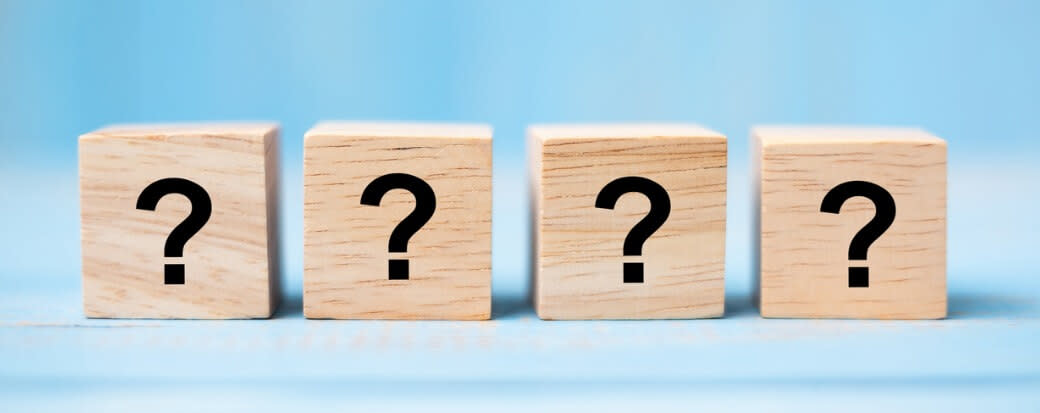How Many Bank Accounts Can and Should You Have?

Share this article:
Editor’s note: Lantern by SoFi seeks to provide content that is objective, independent, and accurate. Writers are separate from our business operation and do not receive direct compensation from advertisers or network providers. Read more about our Editorial Guidelines and How We Make Money.
The Three Types of Bank Accounts
1. Checking Accounts
2. Savings Accounts
3. Money Market Accounts
How Many Bank Accounts Should You Have?
Reasons to Have More than One Checking Account
Reasons to Have More than One Savings Account
Pros and Cons of Having Multiple Bank Accounts
Tips for Managing Multiple Bank Accounts
Automating your savings: If you have a checking and at least one savings account, you may want to set up your direct deposit so that a large portion goes into checking to cover your living expenses and a smaller portion goes into savings. If your employer can’t split up your paycheck, you might want to set up a recurring transfer from checking to savings for the same day each month. Making savings automatic can help you reach your goals faster. Using the right debit card: If you have different checking accounts for different types of spending (such as business/personal, joint/individual, or essential/discretionary) you’ll want to be sure you are using the right debit card when paying in-store or online. Keeping an eye on balances: Regularly checking your balances (either by logging into your accounts online or using the bank’s mobile app) can help you make sure that you have enough money in your accounts to cover your payments, meet minimum account balances, and/or avoid fees.
The Takeaway
Frequently Asked Questions
Photo credit: iStock/Panuwat Dangsungnoen
LNTBNK-Q424-010
About the Author
Caroline Banton is a finance and business writer whose work has appeared on sites such as The Huffington Post, Investopedia, The Motley Fool, LendingTree, MSN, and Time. With an MBA from Johns Hopkins University, Caroline has written for fintech companies, acted as a career coach, and ghost-written for prominent thought leaders in the financial industry.
Share this article: